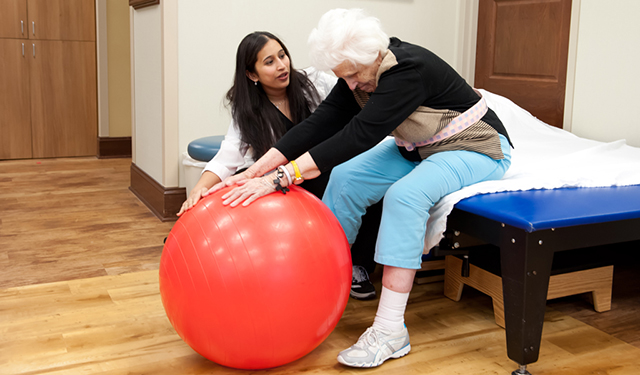Empowering Healing Through Cardiovascular Physical Treatment in the Journey of Post-Operative Recovery
Empowering Healing Through Cardiovascular Physical Treatment in the Journey of Post-Operative Recovery
Blog Article
Cardiopulmonary physical therapy serves a vital role in assisting patients heal following surgery, especially for those who have undergone procedures affecting the heart and lungs. Healing from an operation can be a difficult process, frequently accompanied by discomfort, fatigue, and limited mobility. However, with the right approach and assistance, individuals can restore their vitality and enhance their general health. This type of therapy focuses on enhancing the performance of the cardiac system and pulmonary system, which is crucial for a favorable healing.
One of the main objectives of cardio-pulmonary physical therapy is to improve cardiovascular endurance. Following an operation, individuals may experience decreased stamina, making everyday tasks feel more tiring. Through a carefully planned exercise program, physical therapists assist individuals in incrementally increasing their physical activity levels. This may include exercises such as ambulating, bicycling, or specific breathing activities. These activities not only help build strength but also increase respiratory capacity, which is crucial for ensuring that the body receives enough oxygen.
Moreover, cardio-pulmonary physical therapy emphasizes the significance of respiratory techniques. Many surgical individuals may find it difficult with full respiration due to pain or limited mobility. Physical therapists instruct patients how to perform profound breathing exercises, which can facilitate increase the lungs and clear out any secretions that may have built up during the recovery process. Proper respiratory methods are essential to avoid issues such as pneumonia, which can occur if the pulmonary system are not functioning effectively. By concentrating on these techniques, individuals can enhance their healing and overall lung health.
Another key component of this type of treatment is instruction. Therapists provide valuable information about the healing journey, including what individuals can anticipate during healing. They explain how to recognize warning signs that may signal issues, helping individuals feel more in charge of their health. Understanding the role of physical activity in recovery allows more tips here individuals to assume an engaged part in their recovery process. This empowerment is essential for building self-assurance and encouraging a constructive perspective during recovery.
In conclusion, cardiopulmonary physical therapy is an integral aspect of post-operative rehabilitation for individuals experiencing cardiac and pulmonary procedures. By concentrating on enhancing cardiovascular endurance, teaching breathing techniques, and providing education, therapists empower patients to take charge of their recovery. This specialized therapy not only assists in bodily recovery but also enhances mental well-being, making the process of healing easier and more bearable. With the right support and guidance, patients can successfully regain their strength and return to their daily lives.